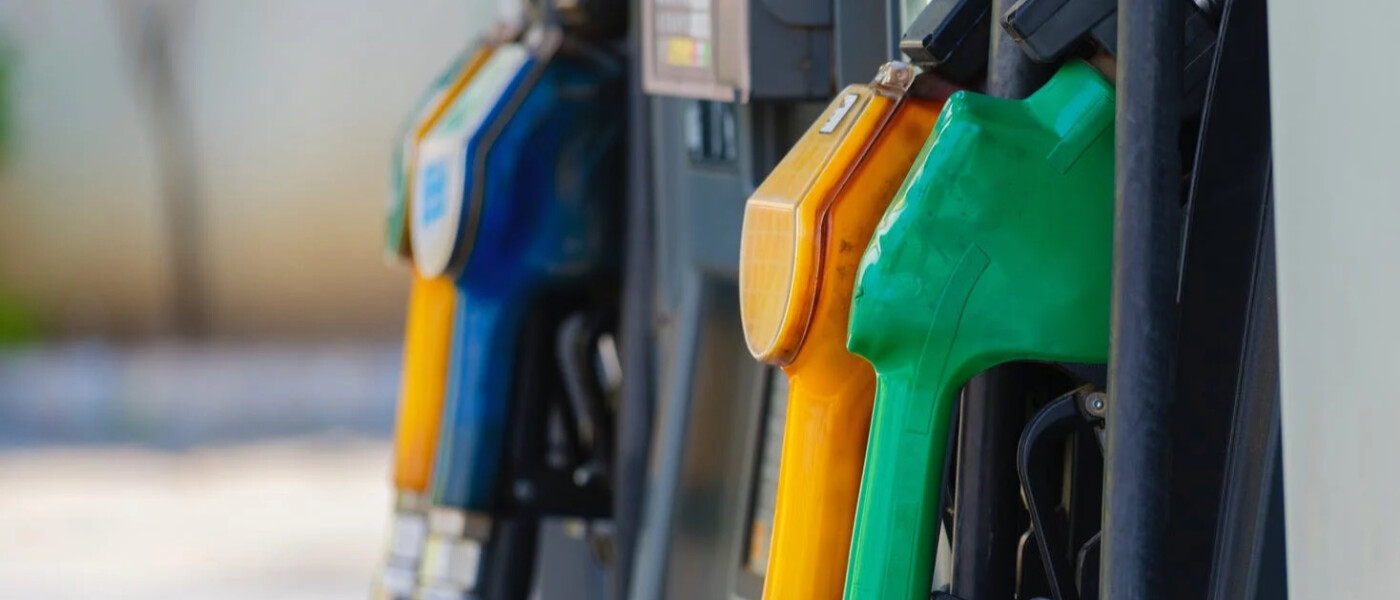In the realm of automotive maintenance, the question of fuel selection often piques the curiosity of drivers, leading to a cascade of misunderstandings and assumptions. Among these, the inquiry, “Can you put supreme gas in any car?” stands out as a point of contention and discussion among car enthusiasts and everyday motorists alike. To delve deeper into this topic, it is crucial to articulate the distinctions between various fuel octane ratings and their compatibility with different engines.
Fuel octane ratings, specifically regular, mid-grade, and premium, stand as a cornerstone of automotive performance and efficiency. Regular gasoline, which typically has an octane rating of 87, serves as the standard choice for most vehicles. However, premium fuel, characterized by its higher octane rating of 91 or more, is often touted for its potential to enhance performance in certain engine configurations. The core purpose of higher octane fuel is to prevent knocking or pinging during combustion, a condition that arises when fuel combusts prematurely in the engine cylinder, which can lead to decreased performance and potential engine damage over time.
Let’s explore the mechanical underpinnings of why some vehicles necessitate premium fuel. Luxury and performance vehicles are engineered with high-compression engines that demand higher octane fuel to operate optimally. These engines are designed to extract every bit of power from the combustion process, and using regular fuel can result in compromised performance and diminished fuel efficiency. In essence, these vehicles thrive on the elevated octane levels present in premium gasoline.
For drivers of standard vehicles, the inclination to use premium gas often stems from the assumption that it will yield better overall performance, improve fuel economy, and prolong engine life. However, this assumption requires scrutiny. The reality is that for most conventional vehicles designed to run on regular fuel, the benefits of utilizing premium gasoline are negligible, if not entirely absent. The internal mechanisms of these engines are built to operate on the lower octane levels without any adverse effects. Consequently, the decision to opt for premium fuel can translate into unnecessary expenses.
Interestingly, the fuel market capitalizes on these perceptions. Marketing campaigns often frame premium gasoline as the premium option for any car, promoting ideas surrounding better performance and efficiency. This narrative, while appealing, often lacks a foundation in practical efficacy for everyday vehicles. In fact, for vehicles not explicitly engineered for high-octane fuel, using supreme gas may offer no actual advantage. Drivers should refer to their owner’s manual, where automakers stipulate the fuel requirements for their vehicles. In many cases, it is clearly articulated that regular gasoline suffices.
However, there lies a subtle nuance in this discussion. For consumers residing in regions that experience varying fuel quality, it may be beneficial to opt for premium fuel occasionally. Fuel quality can fluctuate significantly between different gas stations and regions, and using higher quality fuel might mitigate some of the issues associated with low-quality fuel. In this context, premium gasoline could act as a safeguard against performance degradation, albeit not a necessity for all vehicles.
Beyond the mechanical aspects, the topic of fuel selection touches on broader themes, including environmental implications and consumer awareness. The debate surrounding fuel choice offers a glimpse into a more extensive discourse on sustainability and fuel efficiency. As the automotive industry pivots towards greener technologies, the significance of understanding fuel options intensifies. Awareness of fuel types and their impacts on both personal vehicles and the environment shapes how consumers navigate their choices, influencing everything from fuel purchasing decisions to long-term vehicle investments.
Another aspect to consider is the financial implications of choosing premium gas over regular fuel. The price disparity between fuel types can be substantial, particularly in fluctuating market conditions. Regular gasoline typically comes at a lower cost, while premium options can add a significant burden to customer expenditures. Over time, this choice can lead to a concretely measurable financial impact, particularly for drivers who engage in frequent refueling. Thus, understanding one’s vehicle fuel requirements in relation to financial viability becomes a critical aspect of responsible car ownership.
Moreover, it’s essential to acknowledge that while some vehicles are designed to take advantage of higher octane fuel, there is no inherent harm in using premium gas in engines designed for regular fuel. In most cases, using premium fuel will not cause damage; however, it is also a financial inefficiency. This can lead to confusion among drivers who may feel compelled to always choose the higher quality, despite not reaping the expected benefits.
In conclusion, the question, “Can you put supreme gas in any car?” emerges as a multifaceted subject worthy of exploration. The answer is often a nuanced “it depends,” hinging on vehicle design, intended use, and economic factors. As automotive technology continues to evolve and consumer awareness grows, understanding the implications of fuel selection will become increasingly critical. Embracing knowledge about fuel options empowers drivers to make informed decisions that align with their vehicle’s performance needs and financial realities, paving the way for a more conscientious approach to fuel consumption in the automotive landscape.
